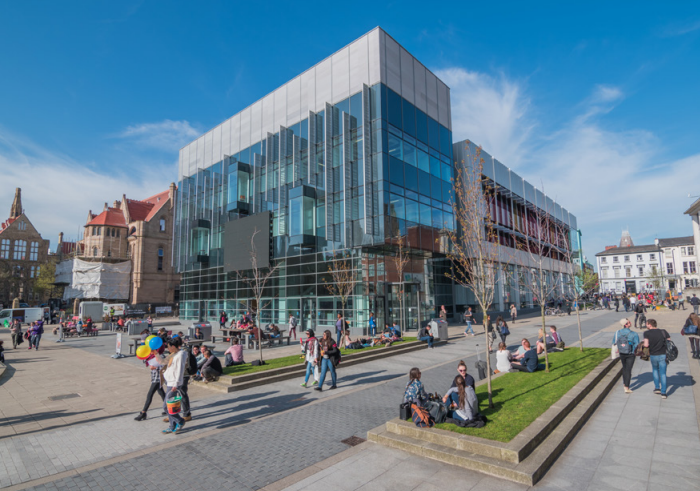Apprenticeship training can be a way to ensure that young people are prepared for the labor market after their education.
Several countries with a long tradition of apprenticeship training, such as Switzerland, Germany and Austria, are among the OECD countries with the lowest youth unemployment.
Norway, which integrated its apprenticeship system into the mainstream education system in the 1990s, also has low youth unemployment.
In these countries, upper secondary vocational education consists almost exclusively of apprenticeship programs.
According to the Norwegian government, the transition from school to working life is fraught with challenges for many young people, and it can take a long time before they acquire a strong attachment to the labor market.
High labor market entry thresholds may be due to the compressed wage structure, with high entry wages, tax wedges, as well as laws and agreements that make hiring more expensive.
The design of labor legislation may also be important. In addition, shortcomings in the education system and the link between school and working life mean that many young people are ill-prepared for working life, which is an important explanation for high youth unemployment.
Apprenticeship
One of the problems with upper secondary vocational programs is that they do not adequately prepare students for working life.
Schools do not provide students with the workplace learning to which the curriculum entitles them.
The lack of contact with workplaces hinders the creation of work networks and informal contacts that would improve future job opportunities for young people.
In addition, there are problems with high dropout rates in upper secondary education, especially in vocational training programs.
Effective vocational training provides the conditions for a smooth transition between school and working life, thus helping to reduce youth unemployment.
To facilitate the transition from school to working life in the long term, the Norwegian government has reformed upper secondary education.
Subsidies
Additional measures are now proposed for apprenticeship training and upper secondary vocational education.
The Norwegian government believes that apprenticeship training can be an effective way to ensure that young people are prepared for employment after their education.
Several countries have very good experience with apprenticeship training, and Sweden has reason to learn from it.
The government is therefore launching a long-term initiative to establish apprenticeship training as a fundamental part of upper secondary vocational education.
This will include a permanent extension of provider subsidies for upper secondary apprentices and adult apprentices in adult education.
Also proposed is an increase of SEK 15 000 per pupil per year in the portion of the provider allowance that goes to the employer for both upper secondary apprentices and adult apprentices.

